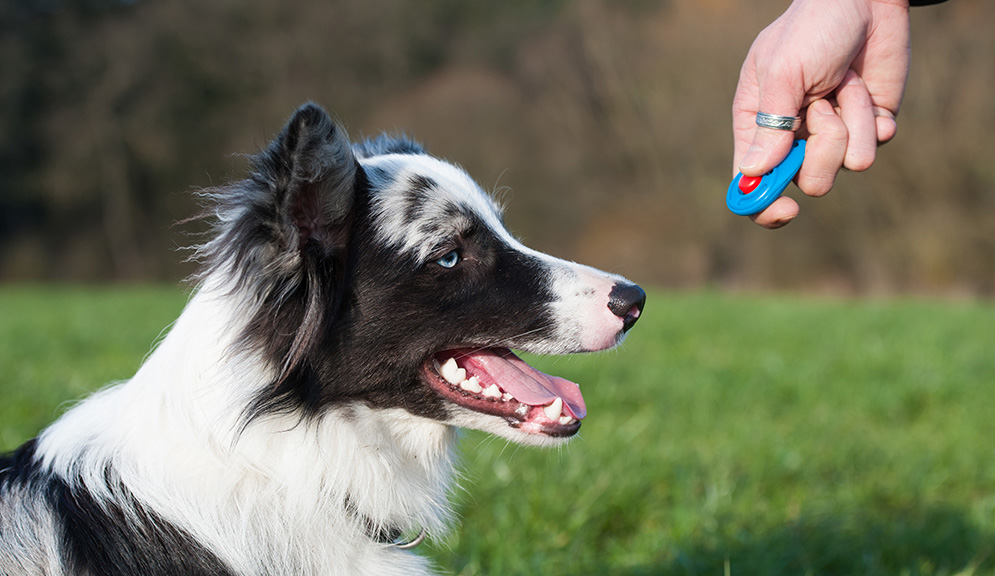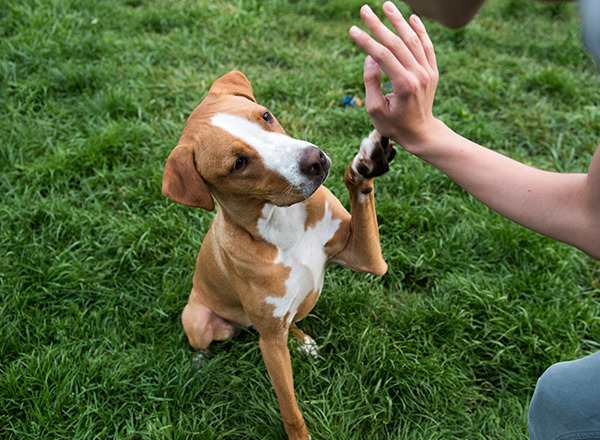Master Dog Training at Home with These Simple Techniques and Tools
Beginner's Overview to Successful Canine Training in the house
Effectively training a pet at home requires a nuanced understanding of canine habits and reliable interaction strategies. Establishing clear training goals, making use of top quality benefits, and keeping uniformity throughout family participants are critical aspects. Incorporating training right into daily regimens can boost both engagement and retention.
Comprehending Pet Dog Actions
Understanding dog actions is essential for reliable training and fostering an unified partnership in between people and their canine buddies. Dogs connect mostly with body movement, vocalizations, and faces, making it essential for owners to interpret these signals precisely. Identifying habits such as tail wagging, roaring, or trembling can give insights right into a dog's mood and intentions.

Usual behavior problems, such as aggressiveness, anxiousness, or excessive barking, usually come from misconceptions or unmet needs. Observing and attending to these concerns quickly can protect against escalation and guarantee a favorable training experience. By fostering a deep understanding of pet actions, owners can customize their training methods to suit their canine friends, eventually leading to a pleased and mannerly family pet.
Necessary Training Devices
A well-equipped training area can substantially enhance the effectiveness of pet dog training in the house. Essential training tools make sure that both the pet dog and the fitness instructor can involve in effective sessions that foster understanding and bonding.

Buying a strong leash and a comfy, well-fitting collar or harness is important for safety and security and control. These tools aid develop boundaries and ensure the pet stays secure throughout training. Furthermore, a designated training location, devoid of interruptions, help focus for both the canine and the instructor.
Educating aids such as training pads, cones, or dexterity tools can likewise boost the experience by presenting selection and difficulties. Last but not least, having a notebook or digital app for tracking progression can be very useful, enabling you to note successes and locations for improvement. Using these crucial devices will certainly create a positive training setting and lay the structure for efficient knowing.
Developing a Training Regimen
Developing a regular training regimen is vital for reliable dog training in your home. A well-structured regular not just helps in strengthening wanted behaviors but likewise gives your pet dog with a complacency and predictability. To create an effective training routine, begin by determining certain training objectives, such as fundamental commands, chain strolling, or housebreaking.
Choose a designated time every day for training sessions, preferably when your pet is alert and responsive. Procedure needs to be brief, approximately 5 to 15 minutes, to maintain emphasis and prevent tiredness. Consistency in timing and atmosphere will improve your canine's discovering experience.
Integrate training into daily tasks to reinforce abilities. Technique commands throughout walks or nourishment, which integrates discovering right into all-natural regimens. Furthermore, stay adaptable and adjust the regular as needed, suiting your pet dog's power degrees and state of mind.
Positive Support Strategies
Positive support strategies are basic to effective canine training, promoting wanted actions via incentives instead of penalty. This approach uses positive stimulations, such as treats, appreciation, or playtime, to encourage pets to repeat certain activities. The cornerstone of this strategy is timing; benefits should be given from this source promptly following the wanted habits to create a clear organization.
When applying positive support, it is vital to pick benefits that are motivating for your pet dog. High-value treats, such as small items of chicken or cheese, can be specifically effective throughout training sessions. In addition, varying the benefits can keep your canine's interest and excitement.
Start with straightforward commands, like "sit" or "stay," and slowly development to more intricate jobs. Consistency is vital; make sure that all family members use the very same commands and reward systems to prevent complication.
Additionally, it is vital to stay person and avoid disappointment. Pets, like humans, discover at their very own pace. By view publisher site promoting a supportive training environment via positive reinforcement, you can improve your dog's knowing experience while enhancing the bond in between you and your hairy companion, preparing for effective training outcomes.
Common Training Challenges
While educating a pet at home can be a satisfying experience, it typically features a set of usual obstacles that can test both patience and uniformity. One widespread concern is interruption. Pet dogs may become easily sidetracked by noises, activities, or perhaps fragrances in their atmosphere, making it challenging to maintain their focus during training sessions.
One more difficulty is disparity in commands and support. It can prevent and perplex the pet development if household participants use various hints or rewards. Establishing a unified method is necessary for efficient interaction.
Additionally, pet dogs can experience disappointment or stress, especially if they do not understand what is anticipated of them. This can result in undesirable actions, such as eating or barking.
Finally, the timing of reinforcement is essential (Dog training). Postponed benefits can diminish the performance of favorable support, as pet dogs might fail to attach the behavior with the reward
Overcoming these difficulties needs dedication, clear interaction, and an organized training strategy. Recognizing and dealing with these usual barriers will lead the way for an extra effective and satisfying training experience in your home.
Conclusion
To conclude, effective dog training in your home requires a comprehensive understanding of canine habits and efficient communication strategies. By developing clear training goals and making use of top notch treats alongside positive support, the training procedure ends up being more fulfilling for both the fitness instructor and the pet dog. Perseverance, uniformity, and adaptability are important elements that promote understanding. Eventually, incorporating training right into important link everyday routines improves the bond in between pet dog and owner, making the experience both effective and pleasurable.
Developing a constant training regimen is necessary for reliable pet dog training at home.Favorable reinforcement techniques are fundamental to efficient canine training, advertising wanted habits via benefits rather than penalty (Dog training). By cultivating a helpful training environment with positive reinforcement, you can improve your pet dog's understanding experience while strengthening the bond in between you and your fuzzy companion, laying the groundwork for successful training results
In final thought, successful pet training at home necessitates an extensive understanding of canine actions and efficient interaction approaches. By establishing clear training objectives and using high-quality treats along with favorable support, the training procedure becomes extra satisfying for both the instructor and the dog.